Table of Contents
Hog hunting has gained popularity due to the challenges it presents and the necessity of controlling feral hog populations, which can cause significant environmental damage.
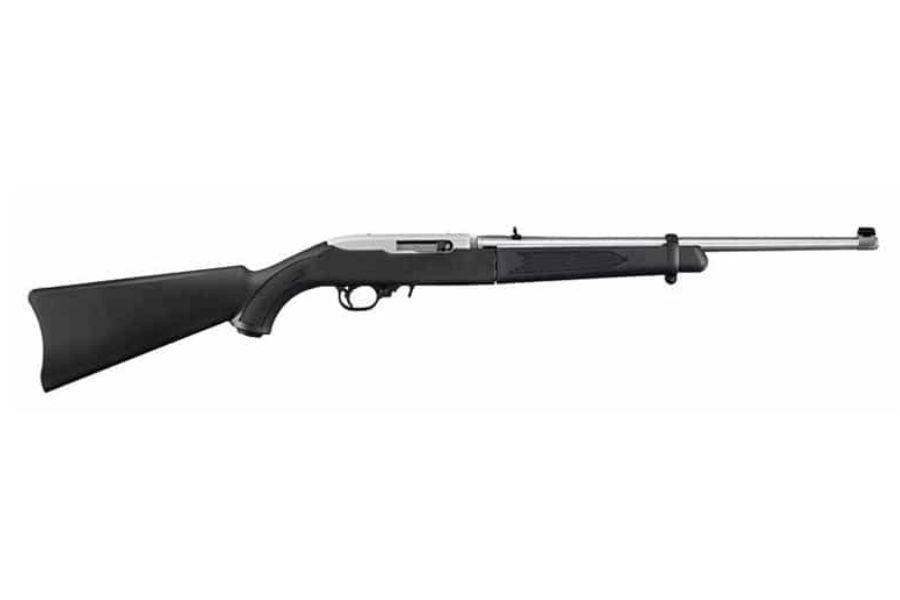
The .22 caliber rifle, while not the most powerful firearm, is chosen by many for its lightweight, affordability, and low recoil.
However, using a .22 requires precise knowledge of hog anatomy to ensure a humane and ethical kill. This guide delves into the critical shot placements when hunting hogs with a .22 caliber rifle.
Understanding the .22 Caliber for Hog Hunting
Capabilities and Limitations
The .22 caliber rifle is known for its precision but lacks the stopping power of larger calibers. This limitation makes understanding shot placement even more critical to ensure a quick, humane kill.
The .22 is best suited for smaller hogs and requires the hunter to be closer to the target than they might with a more powerful rifle.
Ammunition Types and Their Impact
Choosing the right type of .22 ammunition is crucial.
Hollow-point bullets are recommended for hunting because they expand upon impact, causing more internal damage, which is necessary to compensate for the .22’s lower power.
Anatomy of a Hog for Hunters
Understanding the anatomy of a hog is crucial for hunters aiming to achieve a quick, ethical kill.
Unlike domestic pigs, feral hogs possess several physical characteristics and adaptations that can affect the outcome of a hunt.
This detailed exploration draws on various sources to provide a comprehensive view of hog anatomy, focusing on aspects critical for hunters.
Physical Characteristics
Feral hogs closely resemble their domestic counterparts but with some distinct differences.
They often have spotted coats, curly tails, and are physically shaped like a domestic hog—featuring big ears, short snouts, and a hind end about as high as the shoulders.
These physical traits can influence how a hog moves through its environment and, consequently, how a hunter should approach shot placement.
Skin and Shielding
One of the most notable features of a wild hog, especially in males, is the development of a “shield,” a thick layer of scar tissue and muscle developed over time from fighting and interacting with the environment.
This shield can significantly deflect arrows and, in some cases, reduce the effectiveness of bullets, making understanding the precise location for shot placement even more critical for hunters using lower-caliber firearms.
Skeletal Structure
The skeletal structure of a hog includes a robust rib cage that houses vital organs. The placement of these organs differs slightly from that of deer and other commonly hunted game.
For instance, a hog’s heart is positioned lower in the chest cavity, necessitating adjustments in aim for those accustomed to deer hunting.
Vital Organs
Heart and Lungs
The heart and lungs of a feral hog are well-protected by the rib cage and the aforementioned shield in larger boars.
Successful hunters often target the area just behind the front leg, one-third of the way up from the bottom of the chest when the animal is standing broadside.
This placement maximizes the likelihood of hitting either the heart or lungs, leading to a more humane kill.
Brain
The brain of a hog is a small, challenging target, but a shot here results in an instantaneous kill.
The brain is located in the head, protected by a thick skull.
Shots aimed at the forehead or just behind the ear are effective but require precision and an understanding of the exact skull anatomy to ensure success.
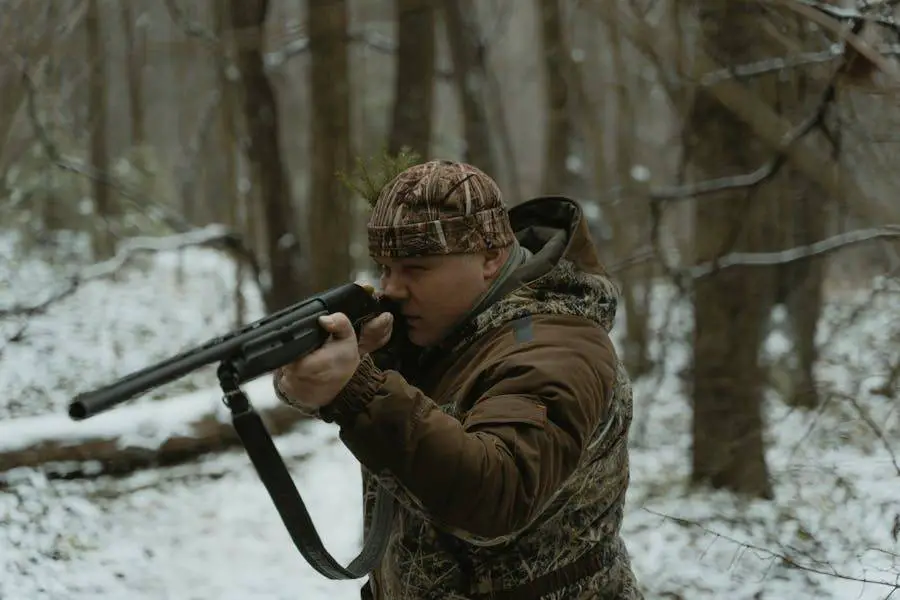
Musculature
Hogs are powerful animals with strong muscles, particularly in their shoulders and hindquarters.
These muscles not only contribute to their ability to move quickly and navigate rough terrain but also affect how a bullet or arrow penetrates.
Understanding the muscle layout can help hunters avoid non-lethal shots that merely wound the animal.
Digestive System
While not typically targeted for ethical kills, the digestive system’s location can affect shot placement.
Avoiding gut shots is important, as they result in a slow, painful death for the animal and can spoil the meat.
The digestive organs are located centrally within the abdomen, beneath the spine, and behind the chest cavity containing the heart and lungs.
Behind the Ear Shot
Anatomical Landmarks
Aiming just behind the ear of the hog targets the brain from a side angle. This shot placement can be lethal due to direct trauma to the central nervous system but requires precision.
Pros and Cons
The advantage of this shot is a quick, humane kill. However, it demands accuracy and calmness, as a slight miss can wound the animal without incapacitating it.
Broadside Shot: Heart and Lung Area
Identifying the Sweet Spot
When the hog is standing broadside, aim for just behind the front leg, one-third of the way up from the bottom of the chest. This targets the heart and lungs.
Challenges and Tips
While this is one of the most effective shot placements, it requires an understanding of the exact location of these organs.
The .22 caliber’s limited range and power mean the hunter must wait for a clear, close shot.
Head Shot: Brain
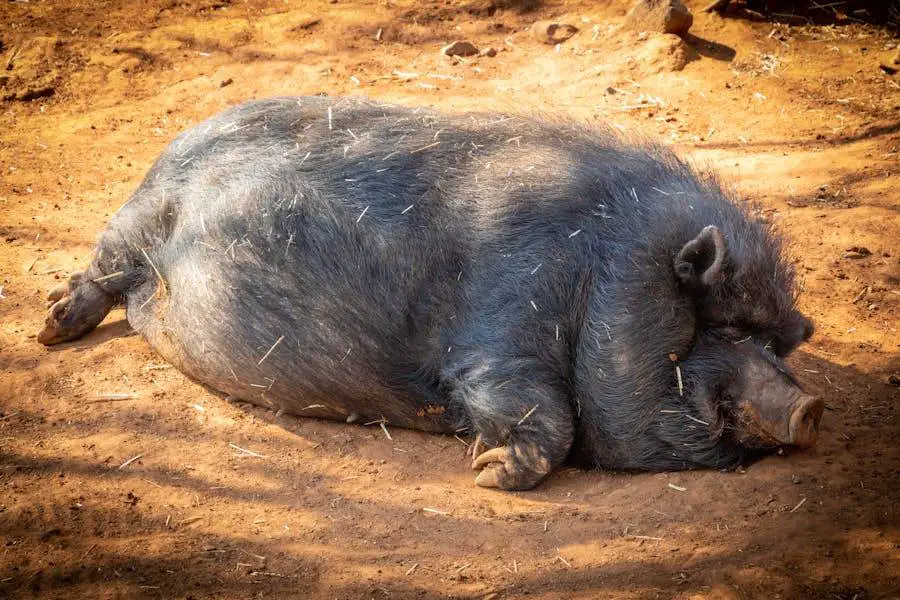
Precision Required
A headshot aims to penetrate the skull and disrupt the brain. For a .22, this means targeting the forehead area when the hog is facing directly at the hunter or slightly angled.
Risks and Considerations
The risk of this shot lies in the small target area, which can lead to misses or non-lethal wounds. It’s advised only for experienced hunters with confirmed marksmanship.
Neck Shot
Targeting the Spinal Cord
A neck shot aims to sever the spinal cord or disrupt the central nervous system by targeting the area where the neck meets the head.
Effectiveness and Difficulty
This shot can result in an immediate drop, but the target area is very narrow, making it challenging. It’s recommended only under ideal conditions and at a close range.
Shoulder Shot
Penetrating the Shield
For larger boars, a shoulder shot aims to penetrate the “shield” — a thick layer of muscle and scar tissue — to reach vital organs. With a .22, this requires precise targeting of the area just above the front leg.
When to Use This Method
This method is generally considered less effective with a .22 due to the caliber’s limitations in penetrating the shield. It should only be attempted at close range, with perfect broadside positioning.
Tracking and Recovery
Signs of a Good Shot
Understanding the signs of a successful shot is crucial for ethical hunting. Look for immediate reactions, such as the hog dropping in place or running a short distance before collapsing.
What to Do If the Hog Runs
If the hog runs, note the direction and wait before tracking to give the animal time to expire. Blood trails can help locate the hog, but patience and respect for the animal’s suffering are paramount.
Conclusion
Hunting hogs with a .22 caliber rifle demands precision, patience, and a deep understanding of hog anatomy.
While challenging, it can be done ethically and effectively with proper preparation and respect for wildlife.
Remember, the goal of hunting should always be a quick, humane kill, minimizing the suffering of the animal.
By mastering the art of shot placement and tracking, hunters can ensure their practices align with the principles of responsible and ethical hunting.

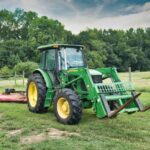

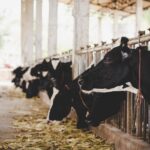
![How To Build A Four-Season Room On A Deck [Guide] How To Build A Four-Season Room On A Deck [Guide]](https://homesteadandprepper.com/wp-content/uploads/2021/04/How-to-build-a-four-season-room-on-a-deck-150x150.jpg)


![How To Fix Gap Between Door And Floor [Guide] How To Fix Gap Between Door And Floor [Guide]](https://homesteadandprepper.com/wp-content/uploads/2021/09/How-to-Fix-Gap-between-Door-and-Floor-150x150.jpg)
